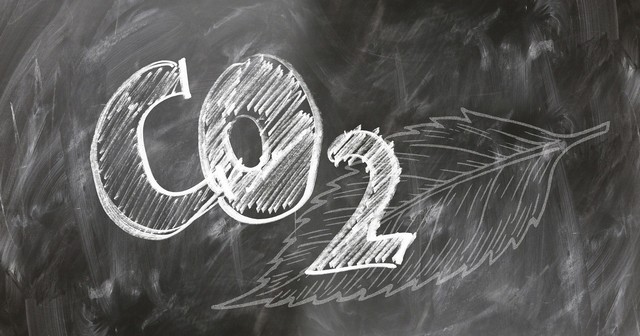On May 2022, the Forests (Amendment) Bill 2022 was passed during the Sarawak Legislative Assembly.
The bill seeks to license forest carbon activities such as carbon sequestration and carbon sink over Sarawak land, permanent forest and alienated land, thus reducing the adverse impact on climate change and greenhouse emission.
So, what is carbon sequestration?
Carbon sequestration can be defined as the process of capturing produced carbon dioxide (CO2) and later storing it safely, away from the atmosphere.
It is a mechanism that reduces the amount of CO2 in the atmosphere, therefore reducing global warming and climate change.

Types of carbon sequestration
- Biological carbon sequestration – happens when carbon is stored in the natural environment
- Geological carbon sequestration – happens when carbon is stored in places such as underground geological formations or rocks
- Technological carbon sequestration – method that uses innovative technologies
- Industrial carbon sequestration – carbon is captured from a power plant through three ways; pre-combustion, post-combustion and oxyfuel
A carbon sink is anything that absorbs more carbon from the atmosphere than it releases.
A forest is considered to be a carbon sink if it absorbs more carbon from the atmosphere than it releases.
Example of natural carbon sink includes;
- Grasslands
- Agricultural Lands
- Northern, boreal forests
- Tropical Rainforests
- Peat Bogs
- Freshwater lakes and wetlands
- Coastal ecosystems such as seagrass beds, kelp forests, salt marshes and swamps
- Coral reefs
The forest is said to be one of the best forms of natural carbon sequestration through photosynthesis process (a process by which plants turn water, sunlight, and CO2 into water, oxygen, and simple sugars).

The carbon then becomes deposited in forest biomass (that is, trunks, branches, roots and leaves), in dead organic matter (litter and dead wood) and in soils.
It is said that globally, forest can suck up 2.4 billion metric tons of carbon each year. In 2021, the global carbon market was said to be valued at approximately $277 billion USD.
According to the Sarawak Premier, Sarawak can benefit from its approximately 7.7 million hectares of permanent forest from its forest carbon activities, with an estimated revenue of RM315 million to RM1.039 billion annually
As Sarawak has also amended and gazetted the Forest (Forest Carbon Activity) Rules, 2022, this allows the State government to provide a legal framework to regulate forest produce that covers carbon stocks in the forest ecosystem.
During the Asia Carbon Conference that took place this year, the Sarawak Premier said that Sarawak is investing in forest conservation efforts to protect and restore forests, which act as carbon sinks.
He added that through the Forest Landscape Restoration program, Sarawak aims to plant an impressive 35 million trees by 2025, a crucial contribution towards the national goal of achieving 100 million trees by the same year.

“By allowing carbon and nature venture businesses, Sarawak is sending a clear signal that we are committed to addressing climate change and promoting sustainable economic growth,”
Sarawak Premier, Asia Carbon Conference, 2022





